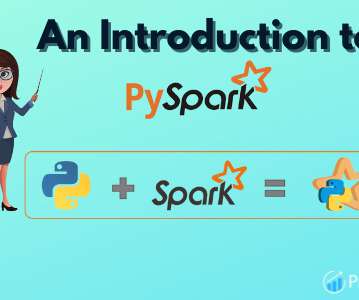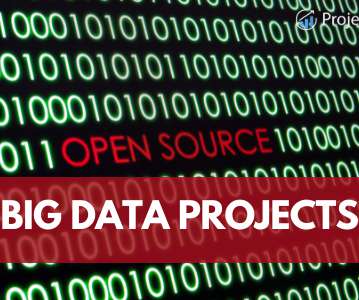Data Pipeline- Definition, Architecture, Examples, and Use Cases
ProjectPro
DECEMBER 7, 2021
In broader terms, two types of data -- structured and unstructured data -- flow through a data pipeline. The structured data comprises data that can be saved and retrieved in a fixed format, like email addresses, locations, or phone numbers. Step 1- Automating the Lakehouse's data intake.
















Let's personalize your content